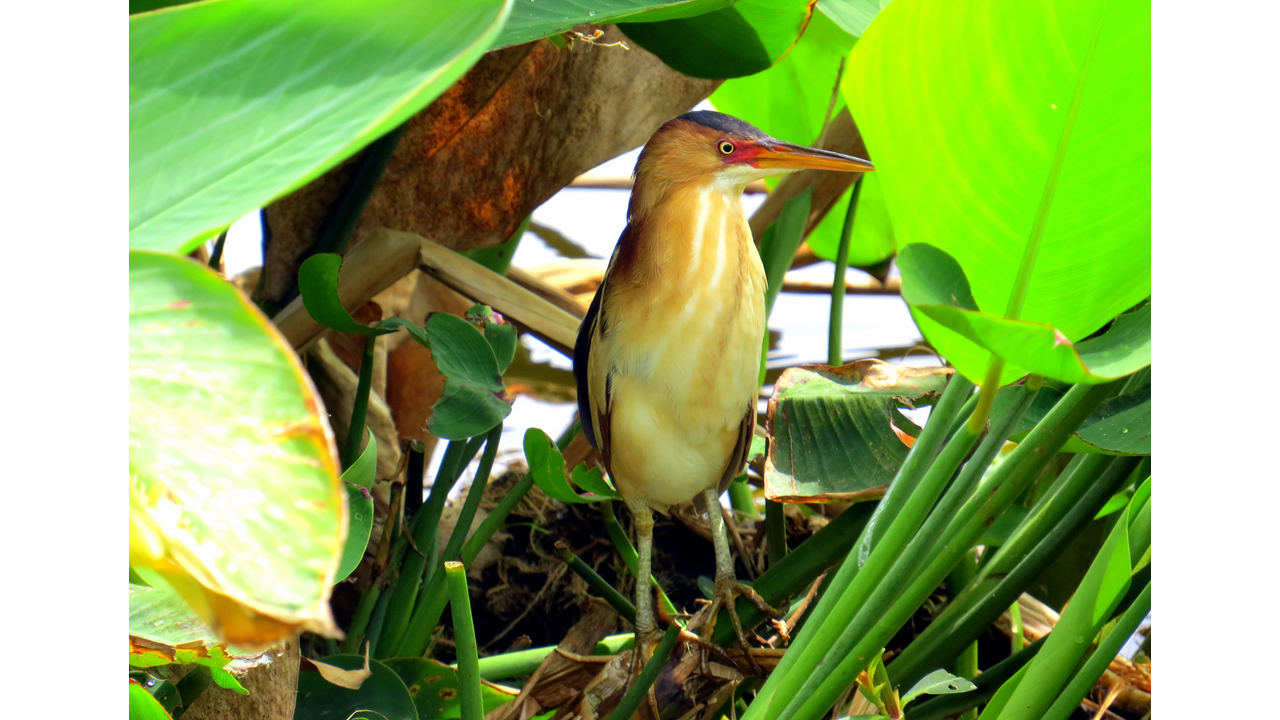Monitoring Least Bitterns in Vermont for Better Conservation
Nov. 20th 2018Least Bitterns are a species of high conservation concern in the northeast, including Vermont. Due to Least Bitterns’ low population density, secretive behavior, and tendency to nest in densely vegetated wetland areas, not much is known about their populations in the northeast. By better understanding documented changes in Least Bittern abundance and distribution over time, management practices can be established and assessed for effectiveness.
Researchers from the University of Vermont’s Rubenstein School and USGS Vermont Cooperative Fish and Wildlife Research Unit surveyed Vermont wetlands to assess factors impacting Least Bittern occupancy and detection. This study provides an extensive baseline assessment of Least Bittern distribution in Vermont, a monitoring need described in the Vermont Wildlife Action Plan.
Wetlands provide critical breeding habitat, food, and cover to many bird species. This includes Least Bitterns, whose population is limited by the amount of high-quality wetland habitat available. Wetlands have greatly declined over the past several decades due to filling and draining, climate change, agricultural runoff, invasive species, and more. Researchers evaluated how wetland size, composition and configuration impacted Least Bittern occupancy probability, as well as how the use of playbacks (call-response broadcasts of Least Bittern calls) affected Least Bittern detection probability.
Twenty-nine sites in Vermont were surveyed, roughly an equal number of sites with confirmed Least Bittern populations and sites suspected to be suitable for Least Bittern but with unknown occupancy. Data was collected between May 18 and July 2, 2015, in the morning when Least Bitterns are most vocal. Two surveys, a call-response broadcast and passive survey, were conducted per site, with at least 10 days in between. Call-response broadcasts were done using wireless speakers directed towards the most suitable habitat area, which played the Least Bittern’s “coo-coo-coo” call at intervals. Passive surveys consisted of observers quietly walking or paddling through suitable wetland habitat for two hours, listening and searching for Least Bitterns.
Least Bitterns were detected at 15 of the 29 survey sites, including at five sites where they had previously not been reported. Call-response broadcasts had significantly higher detection rates (55%) than passive listening surveys. The low probability of visually detecting Least Bitterns reinforces the importance of detection by vocalization to accurately monitor populations, estimate occupancy probability, and inform management practices.
Results also showed that several, large patches of wetlands increased probability of Least Bittern occupancy. Reasons for this may be that these large wetland patches allow for greater distance between territories and greater numbers of territories, and therefore reduced intraspecies aggression. Most sites where Least Bitterns were discovered are already protected, but two were in areas of conservation concern.
Overall, to better understand changes in Northeast Least Bittern population, a long-term monitoring and management plan is needed. Results show that expanding call-response broadcast studies could provide more robust data on Least Bittern abundance, occupancy, and distribution. This can help inform wetland conservation and management practices, and show whether or not these practices are effectively maintaining Least Bittern populations.
 ecoNEWS VT
ecoNEWS VT